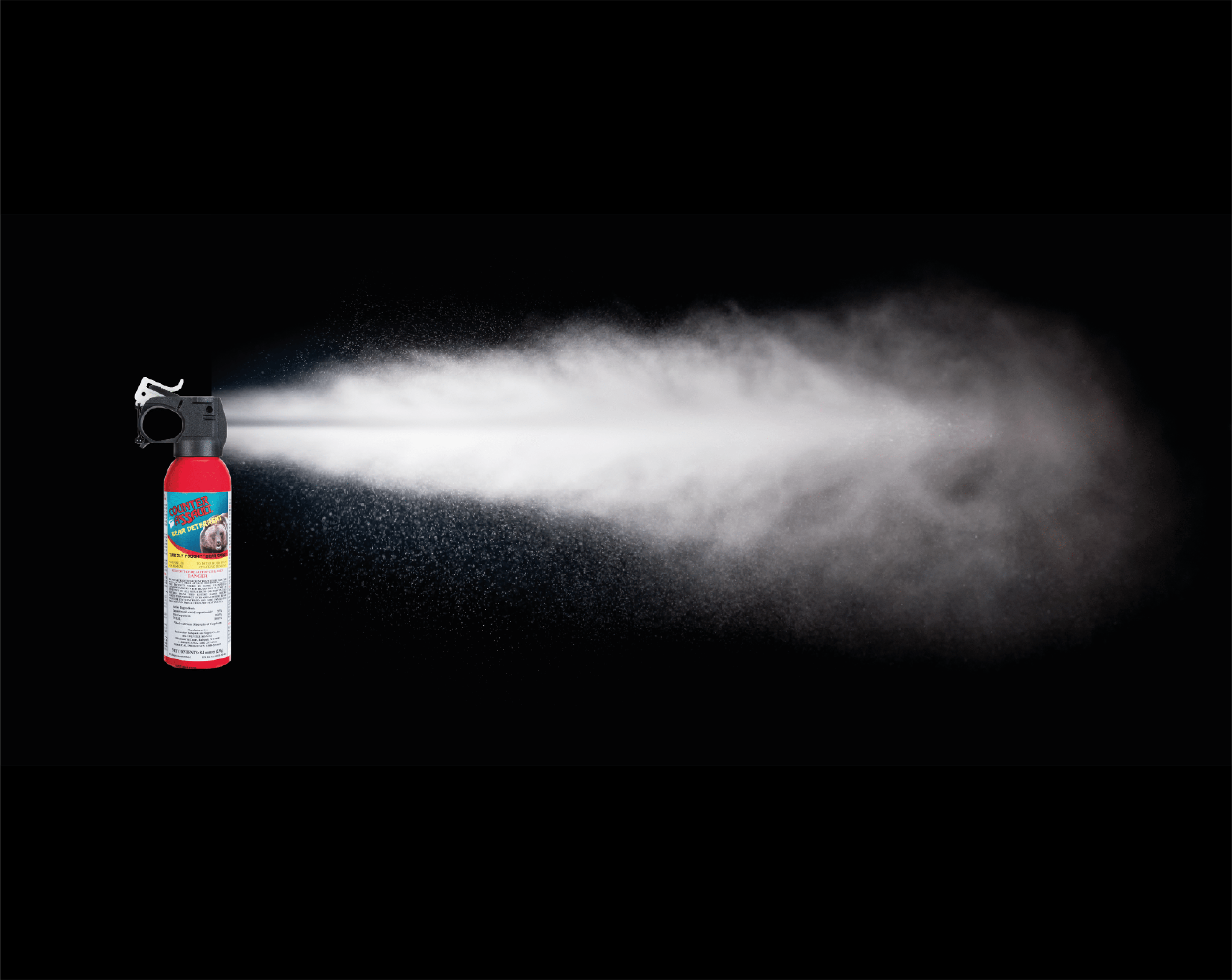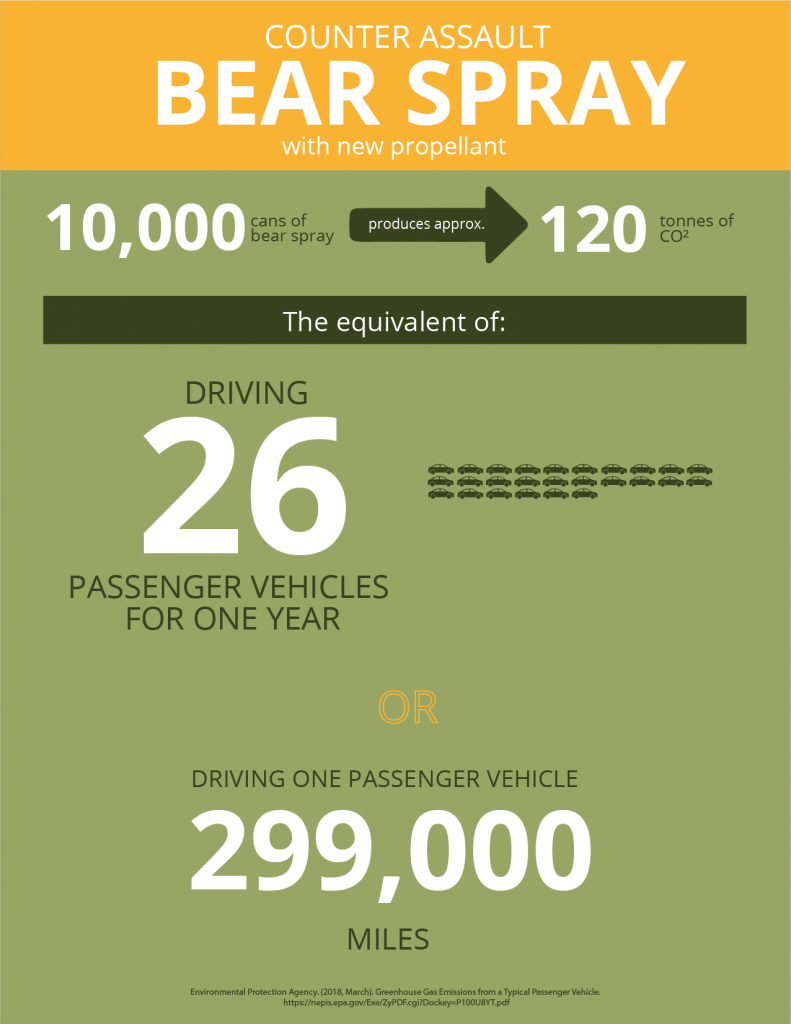Most bear sprays use a propellant that is being phased out in Canada and the USA, why?
In the world of wildlife management and technology, we are constantly searching for new ways to make it easier for humans to co-exist with our natural surroundings. While many products cater to industry professionals, one of the most widely used animal management tools is bear spray. From outdoor enthusiasts to job sites, bear spray is often on hand for those who understand the dangers of bear encounters.
But what happens when a life-saving tool like bear spray turns out to be bad for the environment? It can be difficult to balance the known benefits of a product like bear spray with the potential environmental impact that it has.
Background
Over the past decade, the USA and Canada have passed legislation that attempts to limit the use of known pollutants. One such pollutant is the propellant 134a, which is used in most available bear sprays. The governments of these countries have allowed the limited use of 134a in bear spray because up until recently, there was no known alternative.
Over the past year, Counter Assault has discovered an alternative to 134a that significantly reduces the environmental impact of bear spray. The new propellant creates about 120 metric tonnes of CO2 which is about 9.5 times less than the widely used 134a propellant, which creates 1,144 tonnes of CO2.
The Environmental Impacts of Bear Spray: A Comparison
If we compare 10,000 cans of bear spray, which typically contain between 80g – 150g of propellant per can, this is how they stack up:
Current Bear Spray (134a propellant)
GWP = 1,430
Bear Sprays that use the 134a propellant have a Greenhouse Gas Effect of 1,430x that of CO2.
Counter Assault Low-Emission Bear Spray
GWP = 150
Counter Assault Bear Spray uses a new propellant that has a Greenhouse Gas Effect of 150x that of CO2.
The most readily available bear sprays on the market still use 134a as a propellant, which has a significantly higher Greenhouse Gas Effect compared to the new alternative. At Margo Supplies, we are proud to carry Counter Assault Low Emission Bear Spray, a major innovation in bear deterrent technology.




